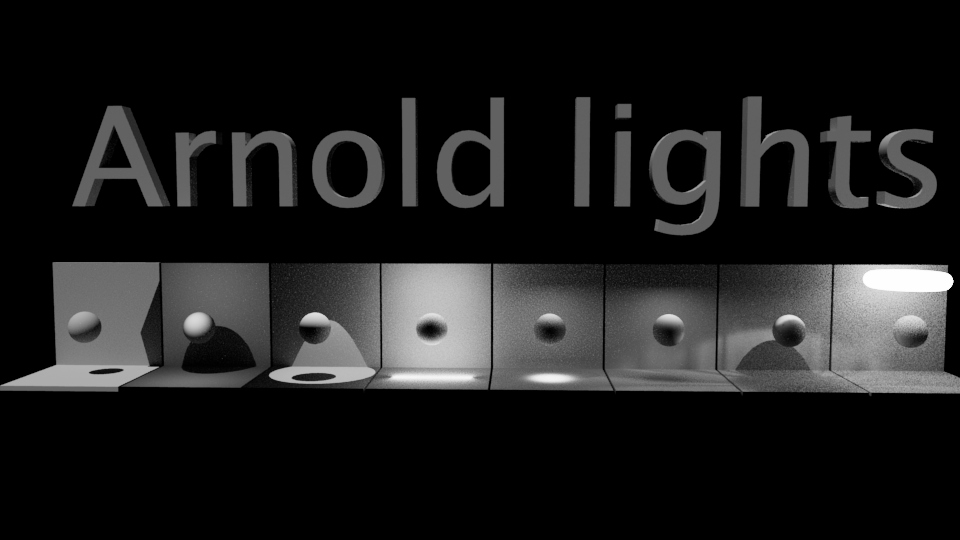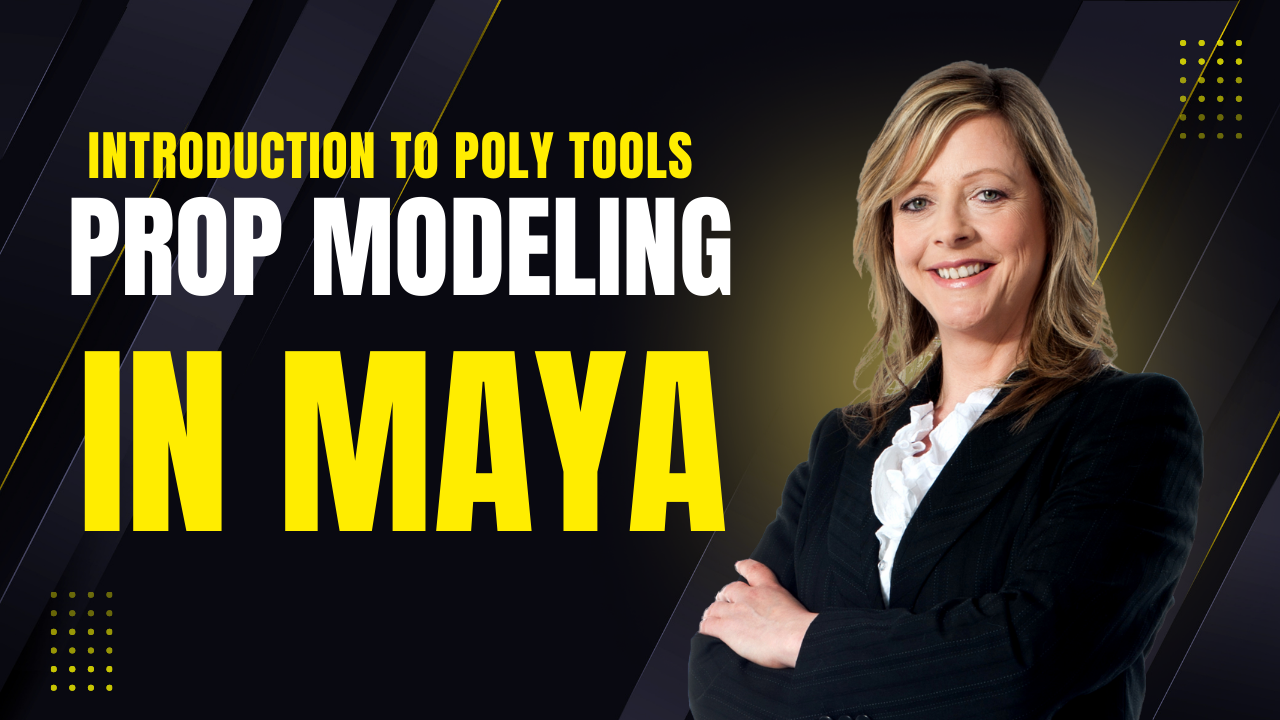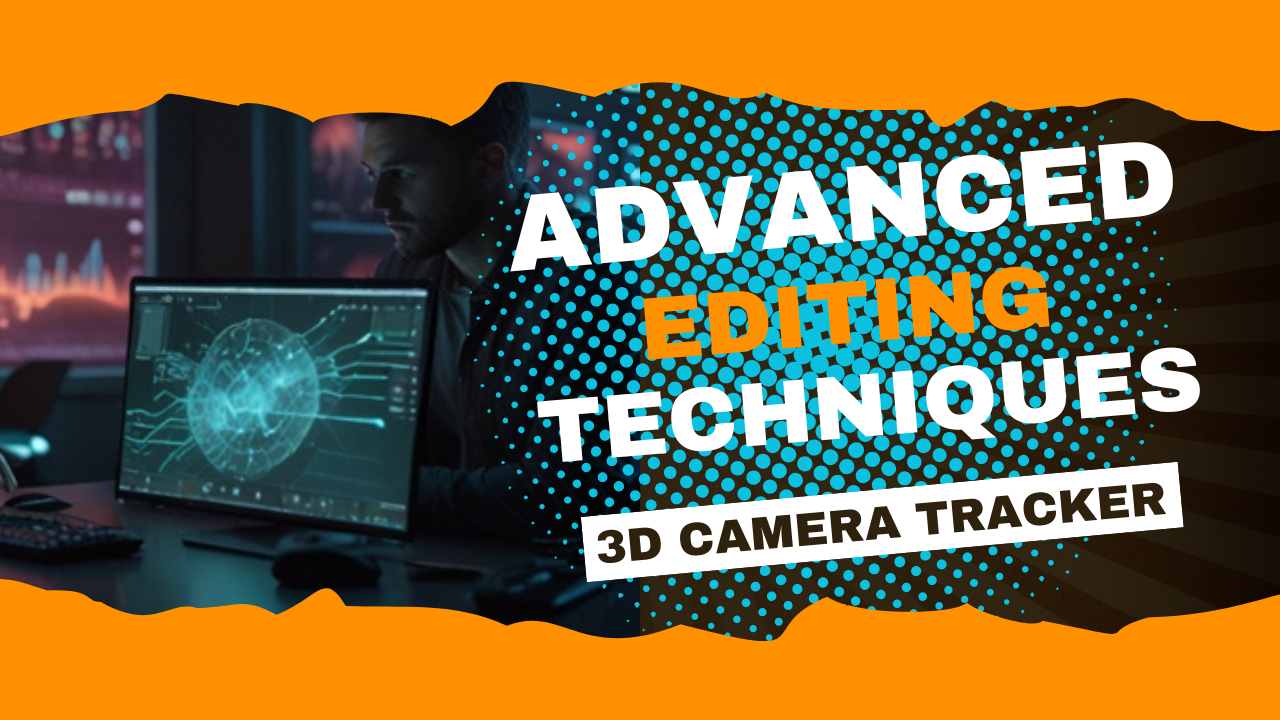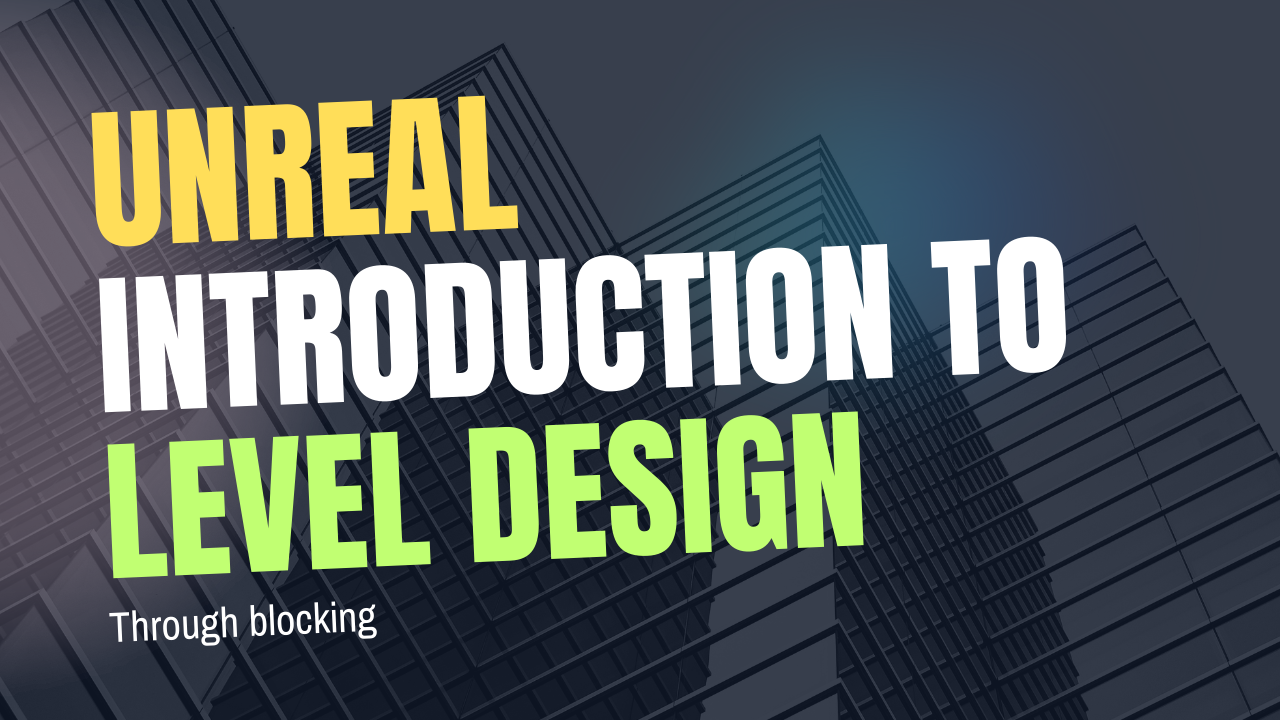Published - Wed, 29 May 2024

Lights - Arnold User Guide
In Arnold, lights play a crucial role in creating realistic and visually appealing renders. Here's a brief overview of the different types of lights available in Arnold along with their characteristics and usage, based on the Arnold User Guide:
Skydome Light:
- The Skydome light simulates environmental lighting by using a high dynamic range (HDR) image mapped onto a dome surrounding the scene.
- It provides a quick and easy way to illuminate scenes with realistic outdoor lighting conditions.
- You can adjust parameters such as exposure, rotation, and color temperature to fine-tune the lighting.
Quad Light:
- The Quad light emits light from a rectangular surface and is useful for simulating area lights such as LED panels or fluorescent lights.
- It offers controls for adjusting intensity, color, and falloff to achieve the desired lighting effect.
Disk Light:
- Similar to the Quad light, the Disk light emits light from a circular surface.
- It's suitable for creating circular light sources such as ceiling lights or spotlights.
Sphere Light:
- The Sphere light emits light from a spherical surface and is often used to create soft, omnidirectional lighting.
- It's useful for simulating light sources like overhead lamps or ambient lighting.
Cylinder Light:
- The Cylinder light emits light from a cylindrical surface, allowing for the creation of tube-shaped light sources.
- It's suitable for simulating fluorescent tubes or neon lights.
Mesh Light:
- With the Mesh light, you can turn any geometry into a light source, providing flexibility in creating custom-shaped lights.
- It's ideal for scenarios where you want the light source to be an actual object in the scene.
Photometric Light:
- The Photometric light allows you to use real-world light data (IES files) to accurately simulate the behavior of specific light fixtures.
- It's particularly useful for architectural visualization or when replicating existing lighting setups.
Each type of light in Arnold offers different parameters and controls that allow you to customize the intensity, color, falloff, and other properties to achieve the desired lighting effect in your renders. Experimenting with these lights and understanding their characteristics will help you create compelling and realistic lighting setups in your scenes. For more detailed information on using lights in Arnold, refer to the Arnold User Guide provided by Autodesk.
Created by
Anil Chauhan
Welcome to my website! My name is Anil Chauhan, and I am a 3D modeling and animation expert with over 15 years of experience in the field. I have a passion for creating visually stunning 3D models, animations, and graphics, and I'm excited to share my expertise with you. Whether you're a beginner or an experienced artist, I can help you improve your skills in 3D modeling, texturing, lighting, animation, rigging, CG graphics, and VFX. Let's work together to bring your creative ideas to life!
Welcome to my website! My name is Anil Chauhan, and I am a 3D modeling and animation expert with over 15 years of experience in the field. I have always had a passion for creating visually stunning 3D models, animations, and graphics, and my work has been featured in a variety of industries including film, television, advertising, and video games.
Throughout my career, I have had the opportunity to work on a wide range of projects, from small independent films to large-scale productions. This has given me a diverse set of skills and a deep understanding of the 3D animation process from start to finish. I have expertise in complete 3D modeling, texturing, lighting, animation, rigging, CG graphics, and VFX, and I'm always eager to take on new and exciting challenges.
As a tutor, I am dedicated to sharing my knowledge and experience with aspiring artists and professionals alike. I believe that everyone has the potential to create amazing 3D models and animations, and I'm committed to helping my students achieve their goals. Whether you're a beginner looking to get started in the world of 3D animation, or an experienced artist looking to take your skills to the next level, I can provide personalized training and guidance to help you achieve your creative vision.
Comments (0)
Search
Popular categories
Adobe After Effects 2025
28Unreal Engine
14zbrush
10Maya Animation
8zbrush tutorial jewelry
7Maya 2025
6Latest blogs

Mesh |Edit Mesh|Mesh Tools
5 Hours Ago

Advanced Editing Techniques
14 Hours Ago

Introduction to Level Design Through Blocking in Unreal Engine
2 Days Ago

Write a public review